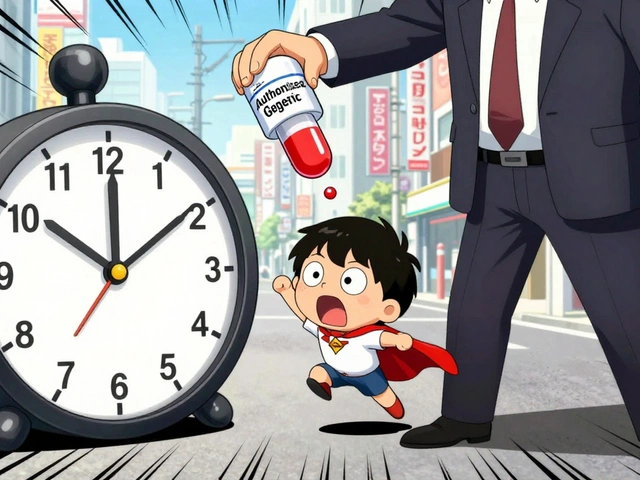Ocular Inflammation Treatment: What Works and Why
Eyes can get red, painful, and blurry for many reasons. When the inflammation is behind the redness, you need more than just warm compresses. This guide breaks down the most common causes, the drugs that actually calm the eye, and simple steps you can take at home.
Common Causes of Ocular Inflammation
Inflammation in the eye isn’t a single disease. It can be triggered by infections, autoimmune reactions, or even trauma. Here are the three big groups you’ll see most often:
- Infectious uveitis: Bacteria, viruses, or fungi invade the uvea (the colored part of the eye). Symptoms include pain, light sensitivity, and floaters.
- Autoimmune uveitis: Conditions like ankylosing spondylitis or sarcoidosis cause the immune system to attack eye tissue. Flare‑ups can happen without any outside infection.
- Allergic or trauma‑related inflammation: Dust, pollen, or a scratch can spark redness and swelling. These cases usually improve quickly with the right drops.
Knowing the cause helps you pick the right medication, because the same eye drop won't work for an infection as it does for an autoimmune flare.
Choosing the Right Treatment
PharmaGuard recommends a step‑wise approach. Start with the least aggressive option that matches the diagnosis, then move up if needed.
1. Steroid eye drops – Prednisolone or dexamethasone are the gold standard for moderate‑to‑severe inflammation. They shrink swelling fast, but long‑term use can raise eye pressure. Your doctor will monitor you closely.
2. Non‑steroidal anti‑inflammatory drugs (NSAIDs) – Loteprednol, bromfenac, or ketorolac work well for mild cases and have fewer pressure‑related side effects. They’re a good first line if you have a history of glaucoma.
3. Antibiotic or antiviral drops – If an infection is the culprit, you’ll need something that kills the bug. Tobramycin, ganciclovir, or acyclovir eye gels are common choices.
4. Immunomodulators – For chronic autoimmune uveitis, drugs like cyclosporine eye drops or systemic agents (e.g., methotrexate) may be needed. These are usually managed by an ophthalmologist and a rheumatologist together.
5. Home care tricks – Even on prescription drops, you can speed recovery:
- Apply a clean, warm compress for 5‑10 minutes, three times a day.
- Avoid rubbing the eyes; it can worsen irritation.
- Wear sunglasses outdoors to cut down on light sensitivity.
- Stay hydrated and keep a balanced diet rich in omega‑3 fatty acids; they naturally reduce inflammation.
Remember, never self‑diagnose a serious eye problem. If you notice sudden vision loss, severe pain, or flashes of light, get emergency care right away.
With the right mix of prescription drops and simple habits, most people see a big improvement within a week. Follow up with your eye doctor as scheduled, keep track of any side effects, and keep your medication list handy – it makes future flare‑ups easier to manage.
PharmaGuard is here to help you stay informed. Use our drug database to check dosages, read patient reviews, and compare prices before you fill a prescription. Your eyes are worth the extra effort.
Pred Forte (Prednisolone) vs. Alternative Eye Drops - What’s Best for Ocular Inflammation?

A practical comparison of Pred Forte (prednisolone) with other steroid and non‑steroid eye drops, covering potency, dosing, side‑effects and safety tips.
read more



